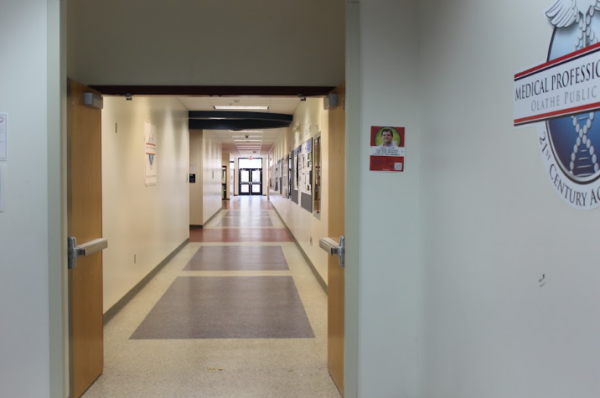The Truth About Seasonal Affective Disorder
As the days get shorter and darker, the more-common-than-you-think depression disorder affects more and more people.
It’s holiday season and people are already shopping for Christmas trees, pulling out the Christmas cookies, and spending more quality time with their families. They’re hanging up lights and ornaments and those inflatable things that go in your front yard. To most people this time of year: ‘Tis the season to be happy.
But to some, it’s different. The seasons are changing: it’s darker and colder out than it was before. The sun rises later and sets earlier. People are going to school and work and getting home without ever seeing the sun. Maybe you’ve noticed a pattern of gloominess in your friend that happens this time of year. This winter-time sadness isn’t necessarily “all in your head”, and it may be the sign of a very real mental illness affecting 5 percent of adults in the U.S.
Seasonal affective disorder, according to the DSM-5,is classified as “recurring episodes of depression with a seasonal pattern”, and is no longer it’s own distinct disorder. This particular set of symptoms tends to affect women more than it affects men. People affected by seasonal depression often experience oversleeping, irritability, lethargy, fluctuating weight, and emotional instability. Often described as “winter blues”, it most commonly occurs in the winter and fall months for about 40% of the year. When the days become longer once more, people with SAD usually experience relief from their symptoms. If you’re wondering why this is, or even asking yourself “why now?”, the answer is a little complicated.
Rhiannon Moore, a psychologist at Olathe North, explains that “genetics and environmental factors play the biggest part in that.”, specifically diminished exposure to sunlight. Decreased daylight means an increase in melatonin production, which regulates sleep. Sunlight stimulates serotonin production, and a lack of the chemical is associated with depression. It is more common in people living farther from the equator.
So what does that mean for students at Olathe North? According to counselor Tammie Milke “I think we do have some students who see their grades dip a little bit [this time of year]”, she explains.
Mental illness in high school aged students is common but often undetected. Teenagers often display a different set of symptoms than their fully developed counterparts. “Teens tend to have a more irritable or anxious presentation versus that classic depression.” explains Moore
Teenagers are especially susceptible because they “tend not to be the best sleepers”, according to Moore, leaving them more vulnerable to an existing mental illness.
Moore says that “those may be the students that are leaving abruptly in class, are more argumentative or the students falling asleep in class.”
So what can be done? Whether you need to help yourself or a friend, there are a few things you can do. Due to the cause mainly being a lack of sunlight, Moore recommends “happy lights” or lamps that mimic sunlight and stimulate the release of serotonin.
Olathe North counselor Rachel Gunderson said “I know a couple of people who actually use sun lamps in certain times of the year to kind of combat those affects”, which you can get on amazon or even Walmart. Medication and therapy is also an option.
Asking for help and talking to others can be beneficial, according to Milke, who stated “I think being aware that that is what they are struggling with is very powerful because then they know they’re going to have to talk to people and they’re going to have to get help”.
Our counselors and school psychologist all recommend that if you are struggling with your mental health, especially as the season change, you should reach out to find the best way to get help, whether it be talking to one of them or another trusted adult.

Number of years on the paper: This is Mile's second year on the paper
Grade Level: 12th grade, Senior
Favorite part of Newspaper: "I like seeing...

Number of years on the paper: This is Alex's first year on the paper
Grade Level: 12th grade, Senior
Favorite part of Newspaper: "Copy editing, I...






